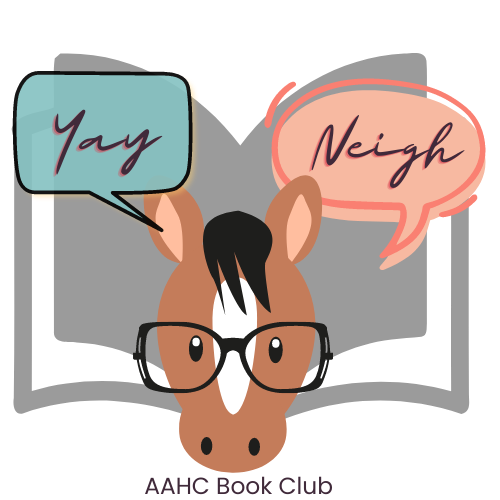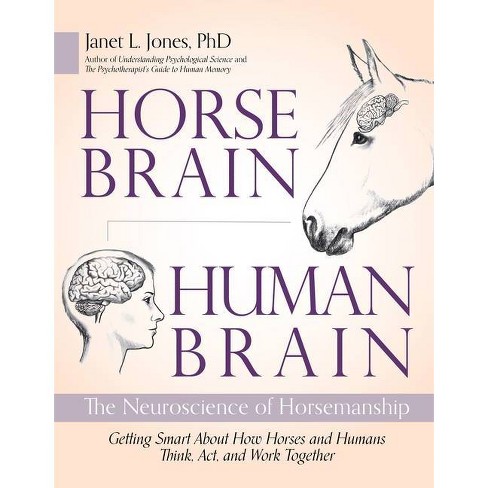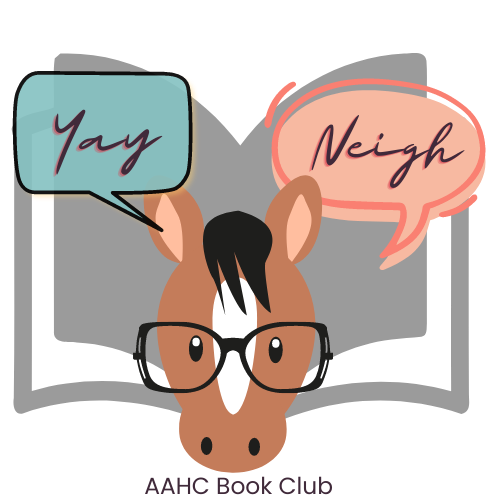“Throughout this book, equestrians can…experience new revelations about how horses think, learn, and interact with people. “

A review from the desk of Jessie Gladney
To say I love Horse Brain, Human Brain: The Neuroscience of Horsemanship is an understatement. Dr. Jones masterfully weaves science and real-world experience into an easy-to-understand format with straightforward language, illustrations, and fun exercises for people of all ages. My whole family, horsey and non-horsey, joined in on the proprioception exercises to learn if their brain accurately gauged what their body was doing. I knew my left leg was less attuned than my right, but I am already noticing an improvement. Throughout this book, equestrians can enjoy a few “I knew it!” moments, and experience new revelations about how horses think, learn, and interact with people.
Anyone who spends time with horses recognizes that they are emotionally complex animals who also possess the ability to read and empathize with our emotions. But they don’t think like we do. They don’t compartmentalize, plan their schedule, or maliciously decide to screw up our day. They exist in the present and react based on their previous experiences, current emotional state, and the clarity of their handler. The more I learn, the more amazed I am by their ability to trust and forgive people. Just because we can’t see a difference or danger in our surroundings, doesn’t mean it’s non-existent for a horse. We are predators who climb onto a prey animal’s back and expect perfection. The least we can do is accommodate how horses view and interpret their surroundings.

One of my biggest takeaways was how different their senses are from ours. In the future, I will paint jumps using horses’ visible color spectrum, so they can better differentiate against a monochrome terrain. This is also an interesting concept for event organizers to consider. It’s scary to think about a horse flying over an object they can’t accurately see due to color, sight acuity, or a too-short light/dark adjustment period. Based on this book, I hypothesize that if we painted the top rails of cross-country fences in highly visible colors, we could reduce the rate of falls and injuries. Count me first in line to read that research article if someone publishes that experiment!On a fun note, I am trying all kinds of fruits for when I give treat-based rewards. Alfalfa pellets are great, but I have found that one of my horses loves bananas and pears, another prefers grapes, and the other one thinks I am nuts and just wants an apple. Knowing this means I can pull out the special stuff when it will make the biggest impact. These are just a few examples of how Horse Brain, Human Brain: The Neuroscience of Horsemanship made me consider ways to improve my horses’ welfare. For anyone who wants to become a better horseman, try picking up this book.”
Check out the book trailer below if you haven’t seen it yet, and be sure to order a copy of Horse Brain, Human Brain from your favorite local bookstore. Walls of Books (both in Watkinsville and Athens) can secure you a copy, or you can also grab one from Avid Bookshop via the link below.
